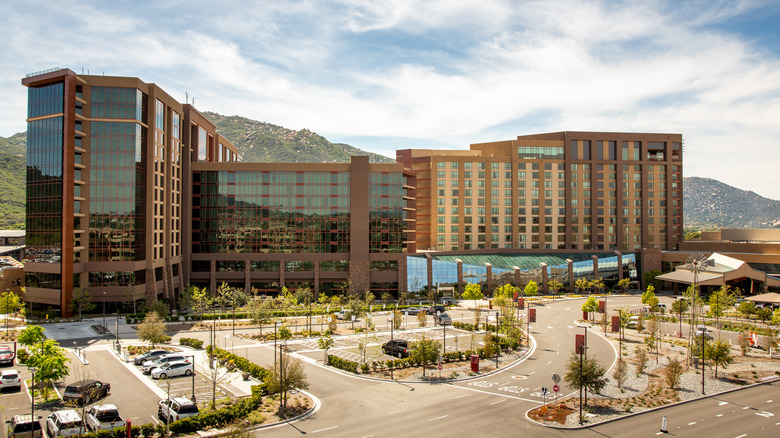A Journey Through Yellowstone National Park
Yellowstone, the world’s first national park, was established by Congress in 1872 to preserve its remarkable geothermal features and iconic geysers. Spanning 3,472 square miles, it is larger than Delaware and Rhode Island combined, covering parts of Wyoming, Montana, and a small area of Idaho. Traveling from south to north can take over two hours on a clear day, with bison often causing long traffic delays. The sheer size of the park means that at least three days are needed to truly experience its wonders.
In recent months, national parks have been in the spotlight due to challenges such as reduced staffing, ongoing maintenance issues, and an overwhelming number of visitors. During our June visit, we were unsure what to expect—would restrooms be locked? Would entry gates be unstaffed? Fortunately, the ranger station just outside the park in West Yellowstone was open, so we stopped in for a map. As I asked about hiking to Imperial Geyser, the ranger’s eyes lit up. He pulled out maps for Grand Prismatic Overlook and Old Faithful Day Hikes and said, “Everyone goes to Fairy Falls, but they rarely go beyond it. Keep walking on the same trail—it leads to Imperial Geyser, one of my favorites.”
The next morning, we set off through open meadows and young forests toward the 200-foot falls. Compared to Snoqualmie Falls in Washington, it felt underwhelming. However, continuing through a damp area brought us to Imperial Geyser, where four bison with thick winter coats lazily watched us pass just 40 feet away. That was definitely a Yellowstone moment!
Beyond the bison meadow, we reached Imperial Geyser. A pool of bright turquoise shimmered, surrounded by birds chirping and steam rising from bubbling water. Despite the park’s high visitor numbers, we were the only ones there. We stayed for a while before heading back and stopping at Grand Prismatic Overlook on the way out.
Grand Prismatic is the third-largest hot spring in the world and the largest in the United States. Its colorful rings contain thermophilic microbes, which are delicate and easily damaged by foot traffic. Boardwalks guide visitors to a viewing platform, offering a perfect vantage point. Our ranger had recommended this spot, and it was well worth the visit. Though the site was busy, we managed to get a panoramic view from above.
I had visited Yellowstone years ago and never forgot the mud pots, where the earth bubbles like chocolate pudding. The smell is pungent, reminiscent of rotten eggs. I also remembered the abundance of bears—both grizzly and brown—and the advice to carry bear spray at all times. While serious incidents are rare, encounters with bears are not uncommon. We practiced spraying low and wide, just in case.
For the next two days, we booked guided tours with Yellowstone Wildlife Profiles. Shauna Baron, our guide, met us at 5:00 am sharp. Using her Vortex Razor scope, she scanned a meadow 3 miles away for wolves. A local wolf-watcher had reported a sighting, but no one could find the animal. “It was probably just a rock,” they concluded, disappointed. However, the scope did reveal a mother grizzly with her cubs, a small brown bear climbing a tree, and a papa osprey dropping a fish for its young. Over seven hours, we visited several sites and spotted hundreds of bison with their newborns, whose red fur stood out against the green grass. We learned that predators can’t see red or green, making the red color a natural defense mechanism for the young.
The Lamar Valley was filled with pronghorns, which I now consider my favorite animal. Females form nursery herds to protect their young from predators. Pronghorns resemble small deer but aren’t related. They can reach speeds of 60 mph, outrunning wolves. In June, many animals had just given birth. We watched a coyote and her playful pups, elk, mountain goats, and more. At one point, a fox walked right beside us along the road, requiring no scope to spot.
With its unique geology, diverse wildlife, and stunning hydrothermal features, Yellowstone is a dream destination for nature lovers. This time, we didn’t make it to the mud pots, but I’ll definitely return.



